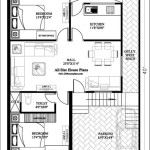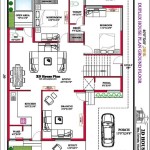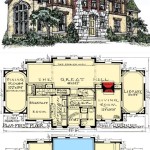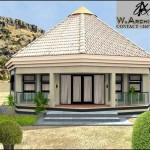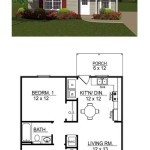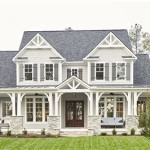Essential Aspects of Wood Home Plans
Wood homes offer a unique blend of warmth, charm, and durability, making them a popular choice for homeowners seeking a comfortable and aesthetically pleasing living space. When planning a wood home, several essential aspects must be considered to ensure the structural integrity, functionality, and overall attractiveness of the dwelling. This article will delve into these critical elements to guide homeowners in creating their dream wood home.
1. Material Selection
The type of wood used for the home's construction is crucial as it impacts the house's strength, durability, and appearance. Common choices include pine, cedar, oak, and redwood, each offering unique properties. Pine is affordable and easy to work with, while cedar is naturally resistant to rot and insects. Oak provides exceptional strength and durability, and redwood is highly resilient to moisture and decay. The choice of wood should align with the specific needs and preferences of the homeowner.
2. Structural Design
The structural design of a wood home must ensure its stability and longevity. Factors to consider include the number of floors, the roof's pitch and shape, and the size and spacing of windows and doors. A well-designed structure will effectively distribute the weight of the house and withstand external forces such as wind and snow loads. Proper engineering and collaboration with an experienced builder are essential in creating a structurally sound home.
3. Insulation and Energy Efficiency
Insulation plays a vital role in maintaining a comfortable indoor climate while reducing energy consumption. Wood homes can achieve excellent insulation levels by using a combination of materials such as fiberglass, cellulose, or spray foam. Proper insulation in walls, ceilings, and floors minimizes heat loss during winter and prevents excessive heat gain during summer. This contributes to lower energy bills and a more environmentally friendly home.
4. Ventilation and Moisture Control
Adequate ventilation is essential to prevent moisture buildup and ensure indoor air quality. Wood homes require proper ventilation systems, such as passive or mechanical ventilation, to circulate fresh air and remove excess moisture. Vapor barriers, roof vents, and soffits play a crucial role in preventing moisture from damaging the structure. Proper ventilation and moisture control promote a healthy living environment and prevent mold and mildew growth.
5. Exterior Cladding and Finishes
The exterior cladding and finishes determine the aesthetic appeal and weather resistance of the wood home. Common cladding options include wood siding, shingles, or stone veneer. The choice of material depends on the desired look, durability, and maintenance requirements. Siding protects the home from rain, wind, and sunlight, while finishes such as paint, stain, or clear sealant enhance its appearance and extend its lifespan.
6. Floor Plans and Room Design
The floor plan and room design of a wood home should optimize space, functionality, and natural light. Consider the flow of traffic within the home, the size and shape of rooms, and the placement of windows and doors. Open floor plans create a spacious and inviting atmosphere, while defined spaces provide privacy and functionality. Natural light enhances the home's ambiance and reduces energy consumption.
7. Customization and Personalization
Wood homes offer endless possibilities for customization and personalization. Homeowners can incorporate unique features such as custom woodwork, built-in cabinetry, or a fireplace to create a truly bespoke living space. Floor-to-ceiling windows, skylights, and decks can enhance the connection to nature and create a sense of spaciousness. Embracing personal touches makes the wood home a reflection of the homeowner's style and personality.
Conclusion
Planning a wood home involves careful consideration of various aspects to achieve a structurally sound, energy-efficient, and aesthetically pleasing dwelling. By selecting the appropriate materials, implementing a well-designed structure, prioritizing insulation and energy efficiency, ensuring proper ventilation and moisture control, choosing suitable exterior cladding and finishes, optimizing floor plans and room design, and embracing customization, homeowners can create a wood home that meets their specific needs and desires. A well-executed wood home plan will result in a warm, inviting, and durable home that provides years of comfort and enjoyment.

Comparison Between The Floor Plans Of Popular Wooden House And That Scientific Diagram

Wooden House Plans Design

Wooden House Plan Elevation And Section Detail Dwg File Plans

Wooden House Construction Projects Building Plans Home Floor Designs Wood Frame Houses Walls Structure

Wood Wooden House Construction Projects Building Plans Home Floor Designs Frame Houses Walls Structure

Wooden House Construction Projects Building Plans Home Floor Designs Wood Frame Houses Walls Structure

Hpg 20002 1 The Forrest Wood House Plans

Wooden House Plans Office Building 348 M2

House Wooden Construction Projects Building Plans Home Floor Designs Wood Frame Houses Walls

Cedar Springs Barndominium House Plan Design Wood Entry Truss Modern Spacious Double Garage Drawings Blueprints


